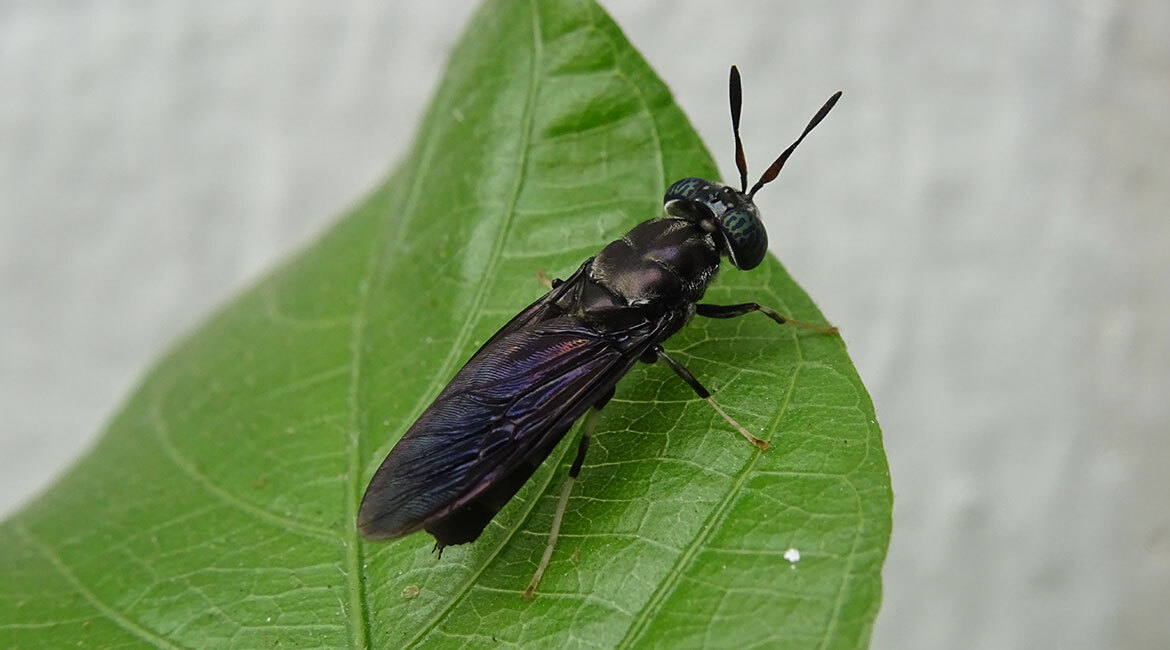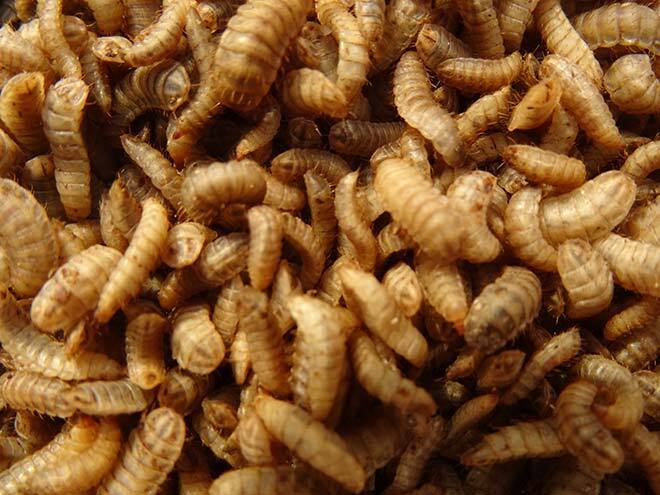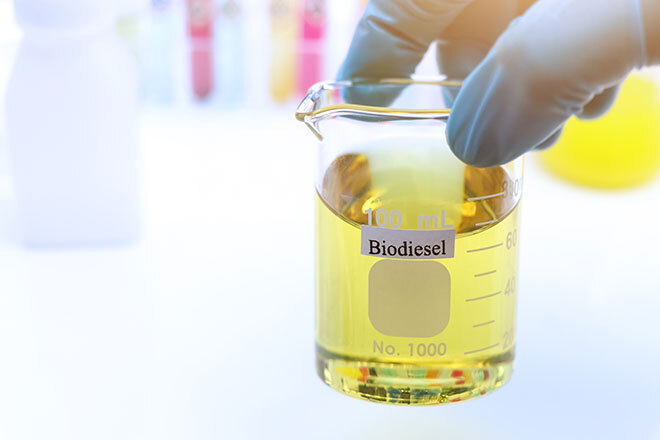Turning Organic Waste into Biodiesel

Image is from the author.
Managing residual materials presents serious challenges. It is estimated that the average Canadian generates between 150 and 200 kg of organic waste every year, either in the form of food residues or green waste (lawn, leaves, branches, etc.). Municipalities also generate biosolids from wastewater treatment. Of this organic waste, 52% is landfilled, contributing to methane formation, a relatively potent greenhouse gas. The recycled portion (31%) is mainly composted. Composting has a number of disadvantages, including unpleasant odours, which undermine its social acceptability. It also emits greenhouse gases and is difficult to make it profitable.
Our research team is proposing to explore another way of recycling organic residues: producing biodiesel from black soldier fly larvae.
The Black Soldier Fly: A Surprising Organism
The main characteristic that distinguishes the black soldier fly from its congeners is that it has no mouth. This dipteran feeds only as a larva, making it a harmless species unlikely to become a vector for contamination. The process involves feeding this black soldier fly larvae with organic waste to make them accumulate lipids, which are then extracted and converted into biodiesel. The residue can then be composted.
Anticipated benefits of this research are a reduction in unpleasant odours, a 10-fold reduction in the ecological footprint and an increase in economic profitability. However, to achieve this, several aspects of the process must be better understood and optimized.

Concentrating the Lipid Content of Larvae
Until now, cultivating soldier fly larvae has been aimed at the animal feed market—the desired result being to maximize protein content. To produce biodiesel, a high lipid content is required. Our team will study various operational parameters to clarify the production mechanisms and better understand the kinetics of larval growth and lipid accumulation. Reducing gaseous emissions is also part of our objectives.
Optimizing Lipid Extraction to Maximize Biodiesel Production
This step is critical in producing a maximum volume of biodiesel and ensuring the economic viability of this recycling model. The quality of the biodiesel produced must also meet Canadian standards. To date, several extraction techniques have not yet been tested or compared, and current performance levels must be improved.

A Step Closer to the Circular Economy
Our research will allow us to study the potential of this technology, as well as its environmental impact. This is essential, as Canada must implement new ways of doing things if it is to meet its greenhouse gas targets (40% below 2005 levels by 2030) and carbon neutrality targets by 2050. Successful recycling of our waste will undoubtedly require research and optimization of innovative processes that have been under-explored to date.



